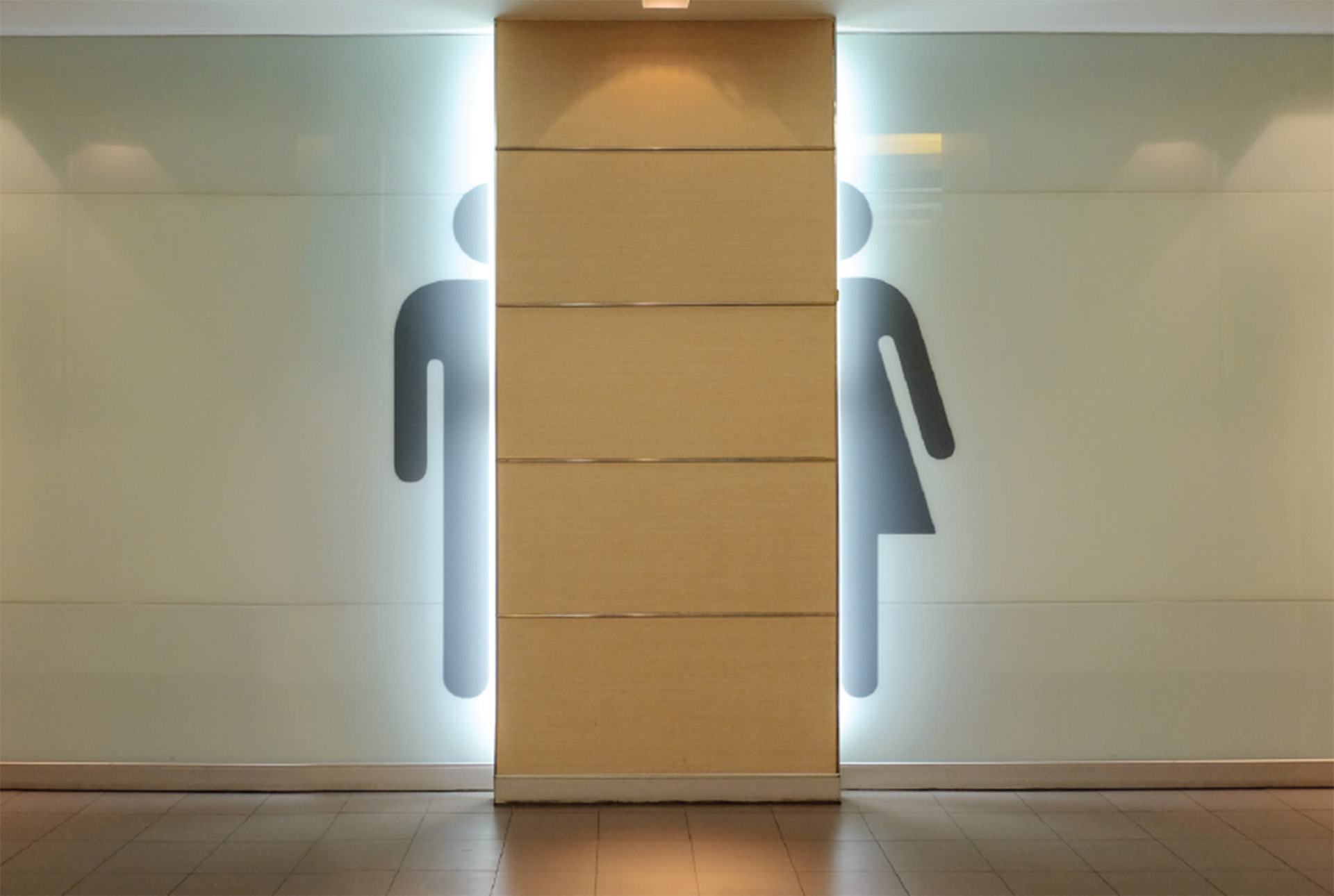WHY SAFETY STARTS WITH THE RIGHT TOOLS
According to WorkSafe Australia, warehouse injuries in Australia cost businesses an estimated $28 billion annually in direct and indirect costs. While heavy machinery accidents often make headlines, manual handling incidents account for nearly 40% of all warehouse injuries – many of which stem from subpar tools. The wrong work accessories can create hazards that are just as dangerous as larger equipment failures. “Safety in a warehouse isn’t just about what you do – it’s about what you use,” says Lee Marshall, Head of Operations at Bunzl Australia and New Zealand. “And a lot of workplace injuries are a result of ignoring safety protocols or using incorrect equipment.
SMALL TOOLS, BIG CONSEQUENCES: WHY THE RIGHT ACCESSORIES MATTER
A rusty cutter or the wrong kind of pallet tape might seem like minor inconveniences, but small inefficiencies can have a dramatic impact
on warehouse or distribution centre production. “For example, a blunt cutter requires more force and carries an increased risk of injury,” says Marshall. “The wrong tape can easily snap under pressure and flimsy or poorly fitting pallet wrap not only means rejected deliveries – but also potential for damage.”The same goes for unreliable strapping. “Weak strapping carries the risk of snapping, whereas rigid strapping can slow down packing time and overall efficiency.”
SMART CHOICES, SAFER WORKPLACES: HOW WAREHOUSES CAN IMPROVE OPERATIONS
Marshall suggests the following methods for ensuring warehouse accessories are up to scratch:
- Partner with reliable and reputable suppliers to Discover Advantage’s range of commercial wrapping and packaging, including carton strapping and liners, and stretch pallet wrap. ensure access to high-quality tools and accessories. “It flows down through procurement and supply chain efficiencies: rather than treating suppliers just as vendors, develop collaborative partnerships with them. Engaging in discussions about product performance and feedback is ideal for better custom solutions that align better with your specific operational needs.”
- Involve workers in the decision-making process – they understand better than anyone which accessories work best.
- Invest in durable, high-performing tools. Cutting costs will only result in breakages, rework, and workplace injuries in the long run.
- Conduct frequent efficiency and safety checks and audits to make sure current accessories are fit for purpose.
- Provide proper training to ensure tools are being used correctly and safely. “We hold regular Toolbox meetings to ensure staff are versed on
safety, ensuring complacency doesn’t creep in. We also reiterate our Standard Operating Procedures for some of our more high-risk activities,” explains Marshall.
Marshall says that workers who have reliable and ergonomic tools feel more confident and valued in their roles. “When teams are working confidently with the right accessories, they can focus on getting the job done instead of fighting with their equipment, rushing to make up for disruptions, or worrying about their personal safety.”
Choosing the right tools enhances efficiency, reduces risks, and creates a safer, more productive workplace, benefiting both workers and operations overall.









